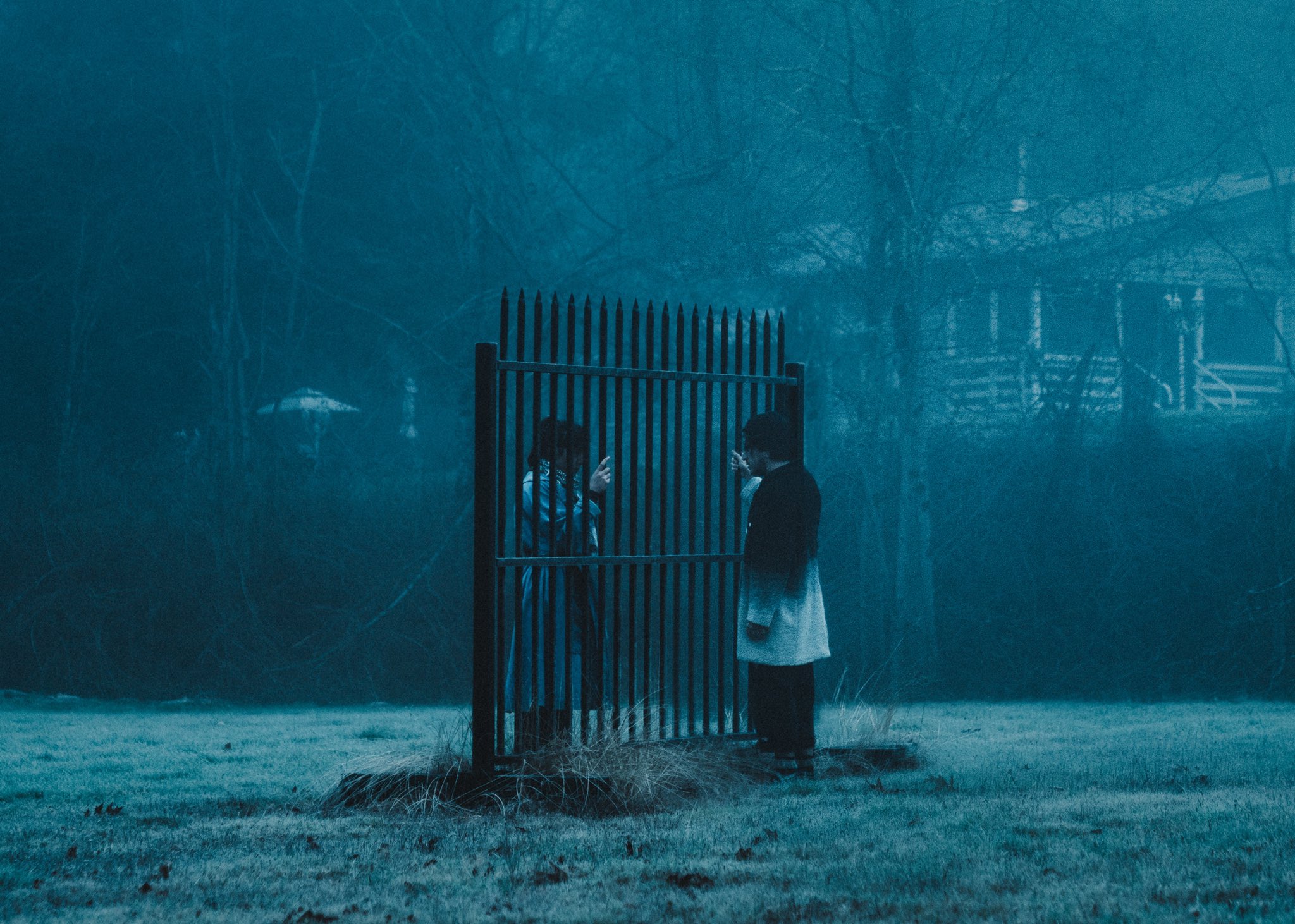This piece of writing aims to provide comprehension of the concept of “Annotation of Private Grief” in the book These Errors Are Correct by Jeet Thayil, exploring its implications and relevance within the book’s framework.
About Jeet Thayil
Born in a Syrian-Christian family, Jeet Thayil is a popular journalist, writer, and poet. He was a staff writer and editor for several magazines and newspapers, including Asia Week and India Abroad. Thayil also served as a columnist for esteemed publications such as The Times of India, Newsweek, and Caravan. In 2004, he returned to India from the US to focus on writing poetry and fiction. His first novel, Narcopolis (2012), won the DSC Prize for South Asian Literature and was also shortlisted for the Man Booker Prize. He has published five poetry collections and was the editor for 60 Indian Poets (2008) and The Penguin Book of Indian Poets (2022).
These Errors Are Correct is his first collection of poems that was first published in 2008. The book is dedicated to his late wife, Shakti Bhatt (1980 – 2007). The book went out of print in 2010 but was re-printed by Penguin Hamish Hamilton in 2022. Each poem attempts to blur the present as they meditate on the grief of losing a loved one. Here, time becomes coiled, verse forms are laid out in the form of experiments, and the reader is invited to enter a world of varying moods and scenes that make for an equally distressing but beautiful experience.
Thayil’s Exploration of the Ideas Around Grief in These Errors Are Correct

The very first poem in the collection, Not Remembering, paints for us a picture of the poet who is so taken aback by the intensity of this grief that he thinks his memory has chipped in places, making it difficult for him to remember the way home. The way home would ideally lead to his late partner, so a grief-laced delusion is concocted in the poet from this state of being homeless, leading him to lose his way in life. But life is a rolling stone, and while a grief-shaped halo always overshadows him, he simply continues living without her. He expresses wonder at a life like that but must keep doing the things they did together, only for them to make him realize that his partner is now a figment of his memory alone. This makes the state of his grief more harrowing. Thayil quite candidly puts down the following lines in the first stanza of the poem, After Brodsky:
I wish I could say that I can’t live
without you, but, as these lines prove
I can. I’ve been meandering around. Here,
I trespass on the grass and down my beer.
In the further stanzas, he goes on to write that he occupies his old seat at the cafe that held special significance in their love life. Now, he sits alone, drawing her face on the tabletop marble. The everydayness of this all-encompassing grief is sprinkled across the entire collection. For example, in The Penitent, Thayil writes:
The room is empty, lonely
as a still life, but the water stains speak
with your voice, Honour me, honour everything.
The lines seek to captivate the essence of loss that the poet so gravely feels in his everyday life. In the poem, he returns to the house where he parted with his life (read: wife). The grief of her death seeps into the everyday acts he performs around the house, making him remember her. Unfortunately, she is all but someone lost to time. Again, in Verticality, he writes:
Where is sorrow? In each mouthful of air
In another poem, Step Eight, he begins by mourning in the following words:
How can I make amends to you
Who are beyond reach?
In the latter poem, he confesses that he is apologizing too late for all the unforgivable things he has done in the past twenty years and insists by the end that he is fine. The insistence seems unnecessary for the reader, who has already traveled through the pages to arrive at this poem and knows fully well that the poet is drowning in the quicksand of grief. The insistence is then fake assurance, but if you read it closely, you come to think that he is actually addressing only one reader in this poem – his partner. The imaginary footnote in this poem will be the poet’s grief, which silently wants to assure his partner of his well-being as he puts up a straight face in front of the world. Grief teaches him to deceive the people around him with his behavior.
Also, Read – Critically Analysing the Poem “since feeling is first” by E. E. Cummings
In his grief, he senses her presence as white light. Always light. He calls it the “dull point of light” in After Brodsky, for it bridges the gap between the dead and the living in his perception of the bitter pill of reality. This is most prominent in how he interweaves the idea of a benign Sunday where he dreams of a summer with the image of death in his poem Premonition (previously called ‘What Happened to Your Wife, The Dancer?’). He writes:
In my dream, it was a Sunday in summer
when you returned to the East River.
…
On the subway (your token had expired
years ago), you said, Nothing’s sadder
than this. We found seats together.
I reached for you, but you weren’t there.
…
Ultimately, the distance between the living and the dead, the past and the present, is “stretched like wire.” He claims, at one place, that time was like a coil – infinite and negotiable. Grief must untie its knots to let the living eventually get on with their lives. In moving on, however, the poet seeks to remember; in the act of remembering, he honors his deceased partner. After all, one can only grieve and apologize so much. Therefore, there are no answers to some of the questions that Thayil poses, such as “Where could we go, and stay together?” or “How will you move without my voice in your ear?” The collection ultimately reverberates with the two lines of realization at the end of Premonition, which give these poems the responsibility to keep his late partner safe and alive in memory. The lines read:
Everybody forgets every dear thing
I know how it goes. This is safekeeping.
Why Should You Read the Book, These Errors Are Correct?
Apart from allowing you to dive into somber writing, this book allows you to explore various forms of poetry, classical or experimental. Thayil composes sonnets and ghazals in the same breath here as he improvises on poems to include stealth rhymes or rhymed syllabics. Further, he uses illustrations throughout the collection. For example, The Cook’s Tale is followed by an illustration that stresses the words LIKE AN ORDINARY, which could mean that these are the words around which the poet has subscribed his (any) poem. The images can be used as a complementary texts for reading the poems. They are freely associative and show a transition from writing to text and vice versa. These poems have a visceral quality and primarily focus on love and grief, as the poet has himself pointed out on several occasions (love and grief being difficult to discern from each other). These Errors Are Correct is a hauntingly-real, raw collection of poems that may test your patience but promises to reward you handsomely afterward.
The book also won the Sahitya Akademi Poetry Book Award in 2013.

